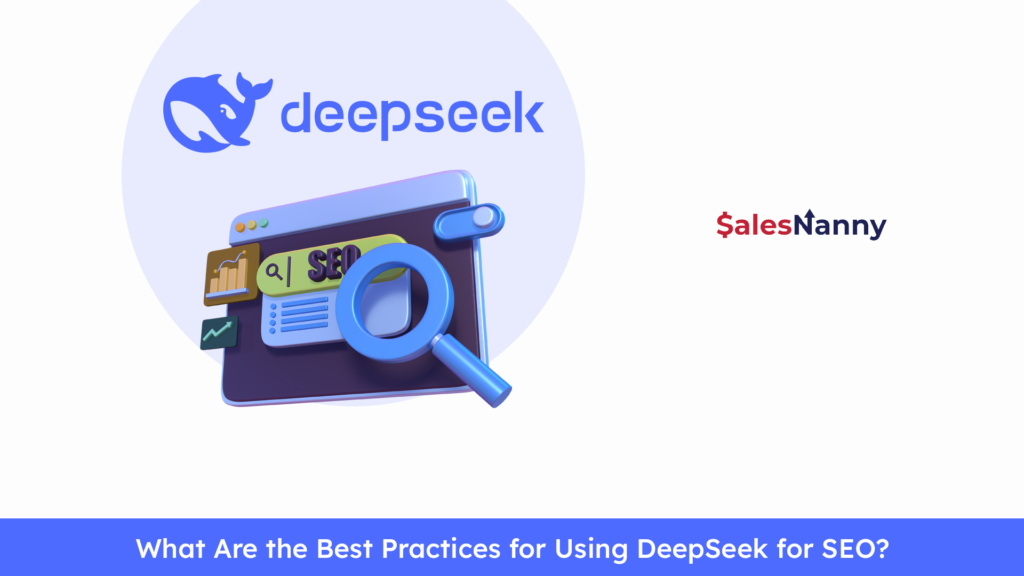Introduction
B2C is one of the most vibrant and fast-evolving phenomena in the world economy today. This model sells from companies directly to the ultimate consumer, thereby fulfilling the consumers’ needs, preferences, and buying habits. It touches virtually every aspect of modern consumer life in retail stores and e-commerce websites, and also through a subscription-based service.
As we enter 2025, the B2C sales landscape is changing, driven by technological advancements, shifting consumer behaviors, and increased competition. For companies to survive, adapting to these changes and embracing forward-looking strategies is no longer an option.
What Defines B2C Sales? A Quick Overview
B2C sales involve the sale of goods or services from businesses to individual consumers. This is different from B2B sales that are selling to other business organizations. The following are significant characteristics of B2C sales:
- Short Sales Cycles: Unlike B2B, where decision-making may involve multiple stakeholders, B2C sales typically feature quicker decision-making processes.
- Emotion-Driven Purchases: Consumer buying decisions often hinge on emotions, convenience, and perceived value.
- Large Customer Base: B2C businesses often serve a broader audience, necessitating diverse marketing and sales strategies.
B2C sales are considered the backbones of the retail industry, ranging from a supermarket to a fashion outlet as well as digital subscription platforms, such as Netflix and Spotify. These transactions shape consumers’ lifestyles and significantly impact global economic trends.
What Are the Key Trends Shaping B2C Sales in 2025?
Increased Digitization:
Growing consumer spending online is spurring digital-first strategies by B2C companies. E-commerce continues to take center stage, with mobile commerce (m-commerce) taking the lion’s share of that.
Evolving Consumer Expectations:
Modern consumers demand faster delivery, seamless experiences, and hyper-personalized interactions.
Sustainability and Ethical Practices:
Eco-conscious consumers are gravitating toward brands that demonstrate transparency and sustainability.
Technological Advancements:
Artificial intelligence (AI), augmented reality (AR), and voice commerce are reshaping how businesses interact with customers.
This shift is compelling companies to review the approach toward customer engagement, brand loyalty, and operational efficiency. Companies that fail to evolve run the risk of losing market shares to competitors who adopt innovation. Many of the companies out source a inside sales service team to maintain the market.
Top 5 Strategies for B2c Sales in 2025
Strategy 1: Leveraging Personalization for Better Engagement
- Data-Driven Insights: Use data analytics to gather insights into consumer preferences, browsing history, and purchase behavior.
- Customized Marketing Messages: Create email campaigns, advertisements, and product recommendations tailored to individual customers.
- Dynamic Pricing Models: Implement pricing strategies based on consumer demand, purchase history, and competitor pricing.
Benefits
- Enhanced Customer Loyalty: Personalized interactions make customers feel valued, increasing repeat purchases.
- Improved Conversion Rates: Tailored recommendations are more likely to lead to sales than generic offers.
Example: Amazon’s recommendation engine, which personalizes shopping experiences based on browsing and purchase history, has been a key driver of its success.
Strategy 2: Embracing Omnichannel Sales Approaches
Omnichannel
Omnichannel sales incorporate several channels of sales, both online and offline, into a seamless customer experience. That is, the customer may interact with a brand on its website, social media, mobile application, or physical store without breaks in the experience.
- Unified Inventory Management: Ensure consistent product availability across channels.
- Customer Journey Mapping: Understand and optimize the customer’s journey from discovery to purchase.
- Consistent Branding: Maintain a cohesive brand message across all touchpoints.
Example: Nike’s omnichannel strategy allows customers to browse online, purchase in-store, and use the Nike app for personalized workout plans.
Strategy 3: Using AI to Enhance Customer Insights
Artificial intelligence plays a crucial role in analyzing large volumes of customer data, predicting trends, and automating routine tasks. Key AI applications include:
- Predictive Analytics: Anticipating customer needs and recommending products accordingly.
- Chatbots: Providing instant support and guiding customers through the sales process.
- Sentiment Analysis: Gauging customer sentiment through social media and reviews.
Examples
- Spotify: Uses AI to curate personalized playlists based on listening history.
- eBay: Employs AI to suggest pricing and product recommendations to sellers and buyers.
Strategy 4: Optimizing Mobile Commerce Experiences
With mobile devices accounting for a significant portion of e-commerce traffic, optimizing for mobile is non-negotiable. Key strategies include:
- Responsive Design: Ensure websites and apps are mobile-friendly and load quickly.
- Streamlined Checkout: Simplify the checkout process by reducing the number of steps and offering multiple payment options.
- Push Notifications: Use app notifications to inform customers about discounts, restocks, and personalized offers.
- Visual Content: Use high-quality images and videos optimized for mobile screens.
- Voice Search Compatibility: Incorporate voice search features to cater to hands-free browsing.
Strategy 5: Building Trust Through Social Proof and Reviews
Trust is a cornerstone of successful B2C sales. Consumers are more likely to buy from brands that appear credible and authentic.
- Customer Testimonials: Feature genuine reviews and testimonials on product pages.
- Influencer Marketing: Collaborate with influencers to showcase real-life usage of products.
- Social Media Engagement: Respond to customer queries and concerns promptly on platforms like Instagram and Twitter.
Example: Glossier’s use of user-generated content (UGC) on Instagram has helped build a loyal community of brand advocates.
Conclusion
All these will shape B2C sales in 2025: personalization, omnichannel approaches, AI integration, mobile commerce, and trust-building initiatives. These are not trends; they are crucial tools for businesses to gain advantage.
B2C businesses need to be agile and forward-looking. Companies will have to meet the new expectations of consumers, offering strategies through innovation and customer-centric actions in navigating challenges and opportunities.






